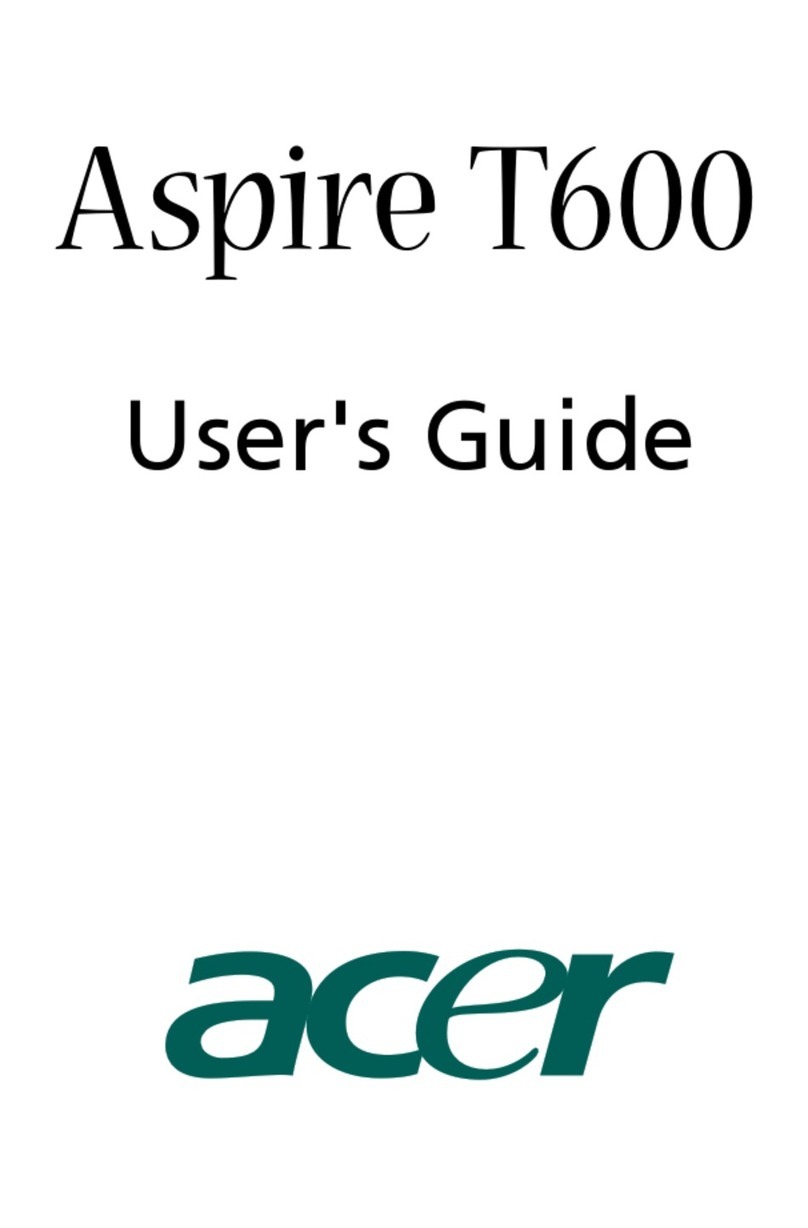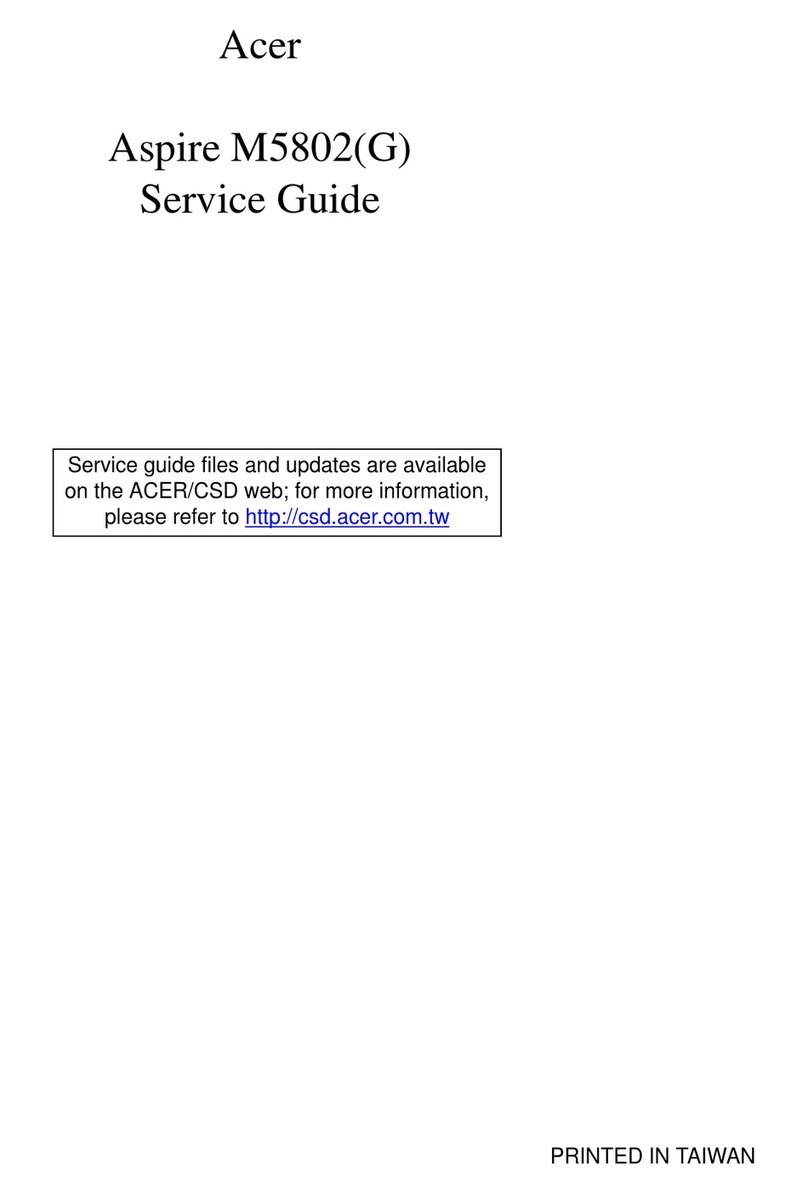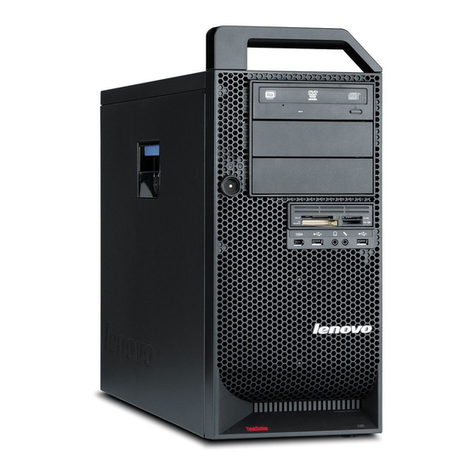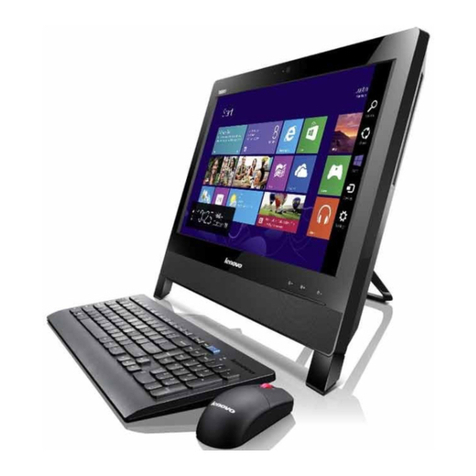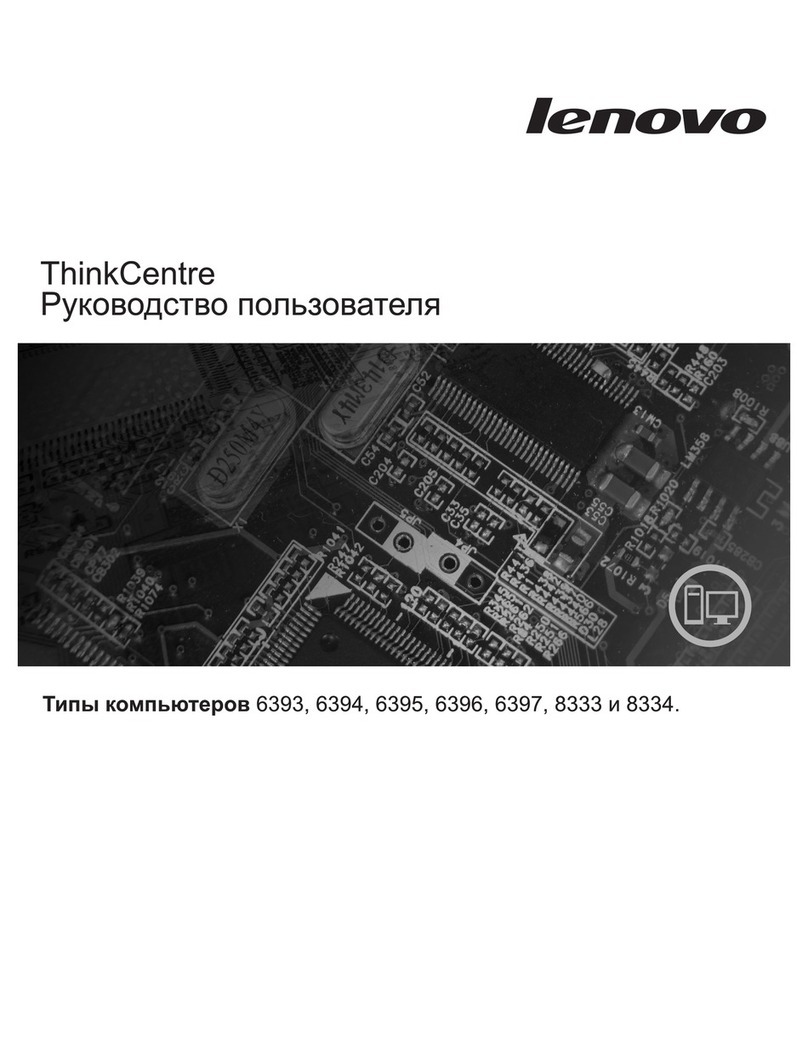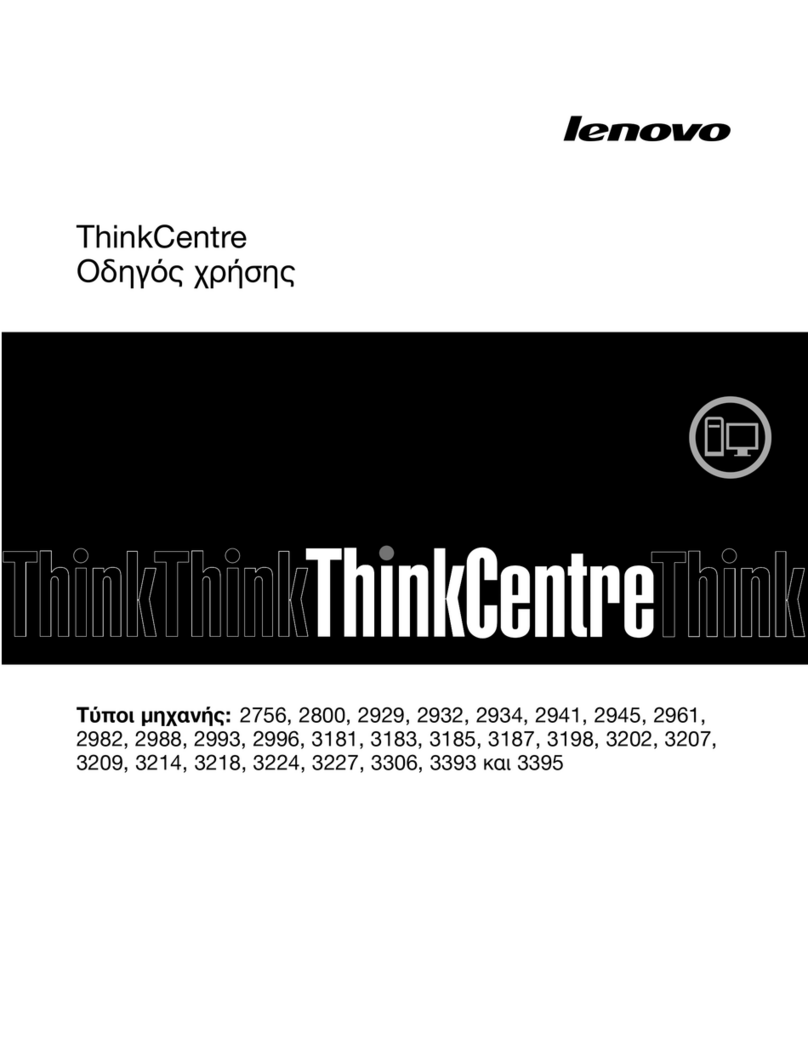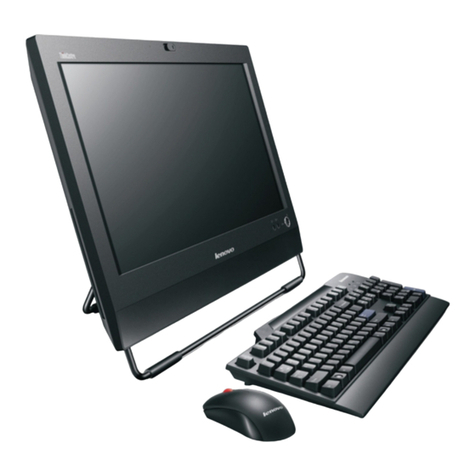Acer Aspire M3410 User manual
Other Acer Desktop manuals

Acer
Acer Veriton 5800 Setup guide
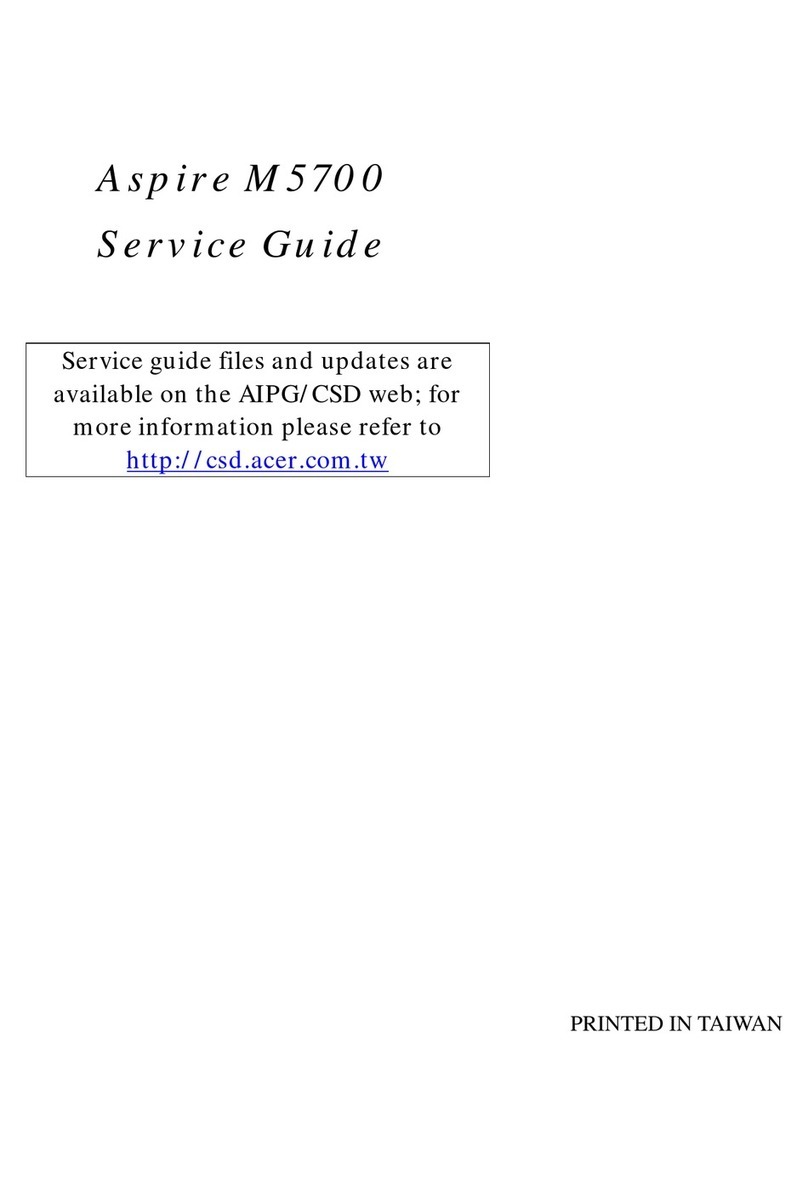
Acer
Acer Aspire M5700 User manual
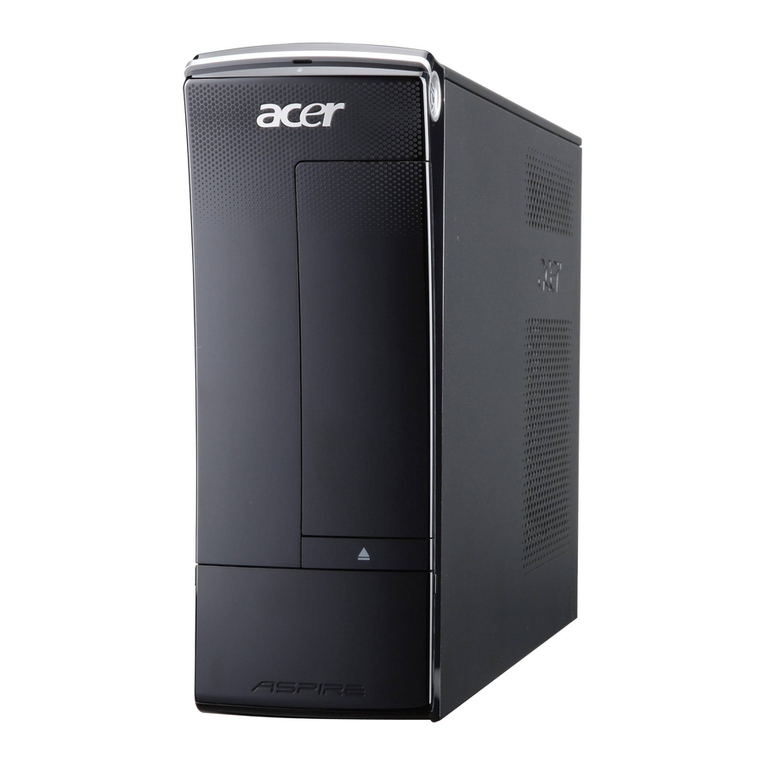
Acer
Acer Aspire X3990 User manual

Acer
Acer ASPIRE M3910(G) User manual
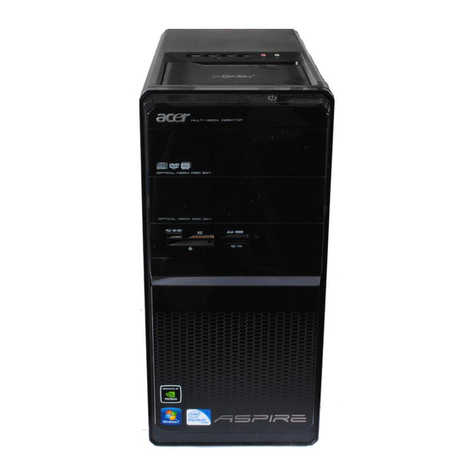
Acer
Acer Aspire M3202 User manual

Acer
Acer Aspire M1600 User manual
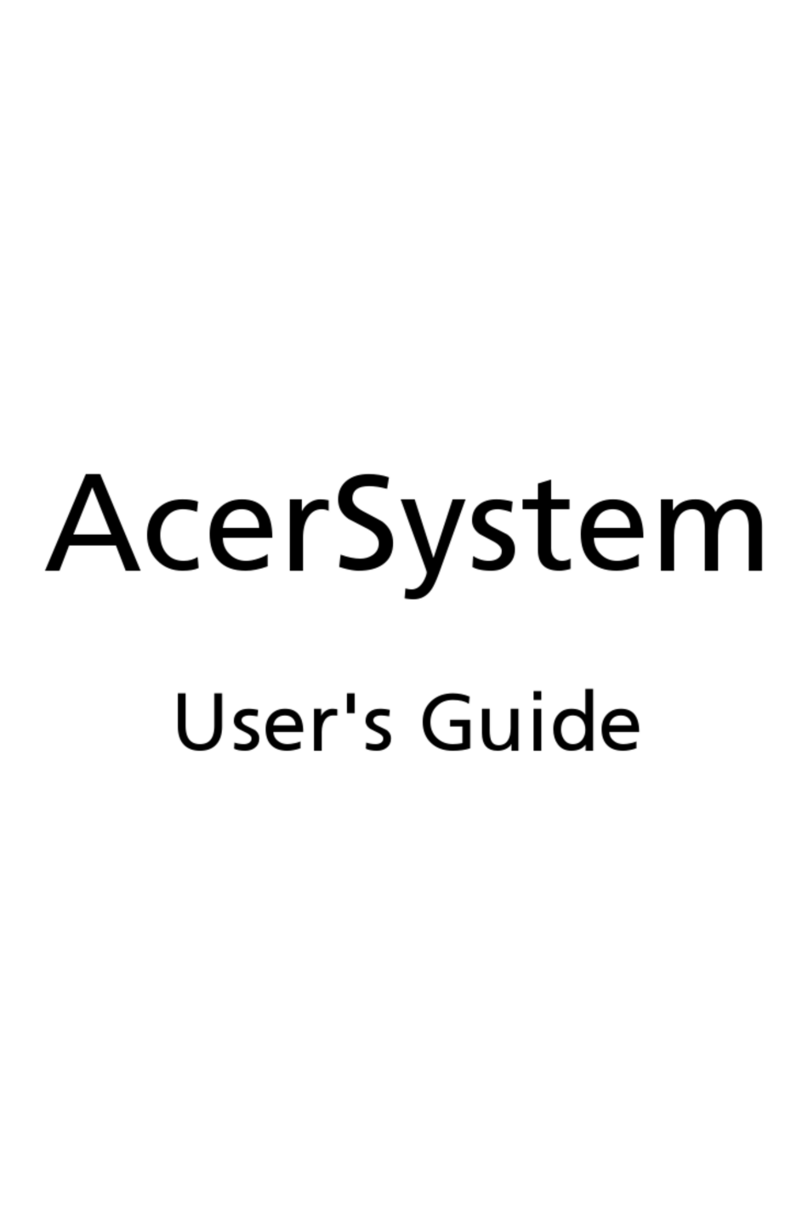
Acer
Acer Aspire L3600 User manual
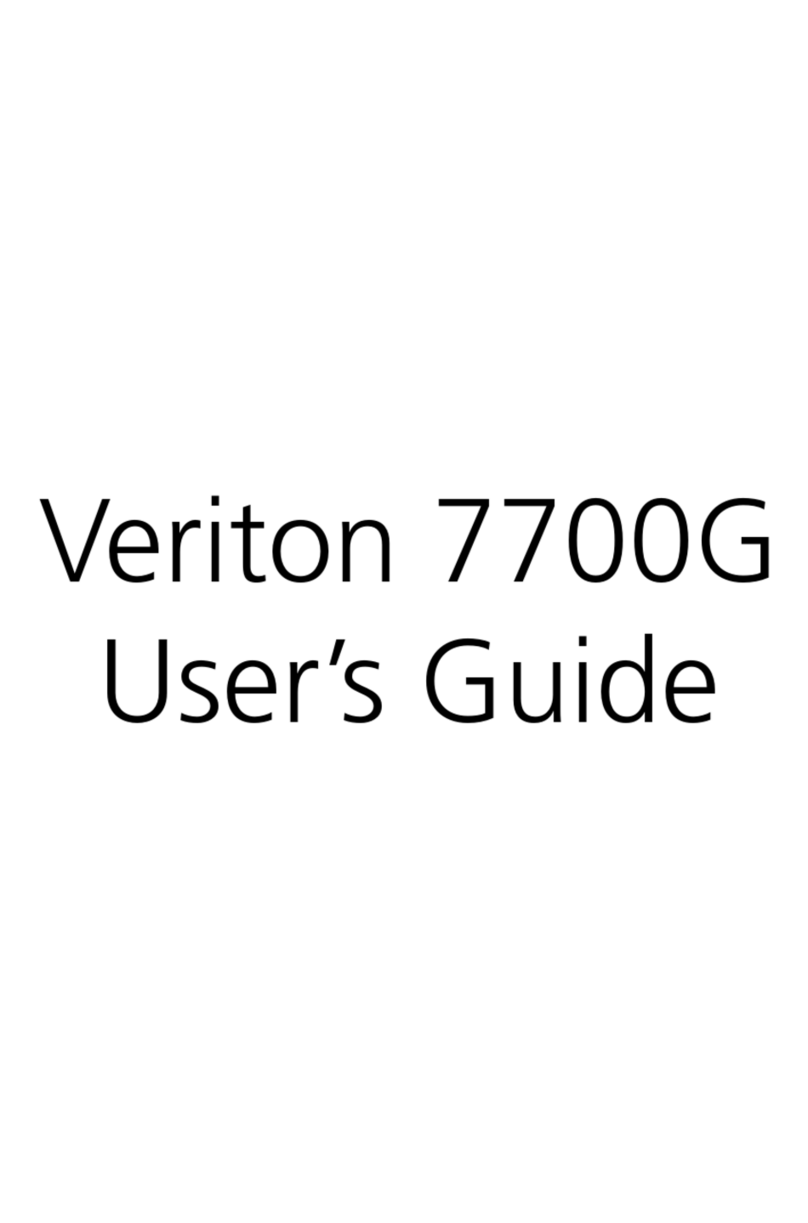
Acer
Acer Veriton 3700G User manual
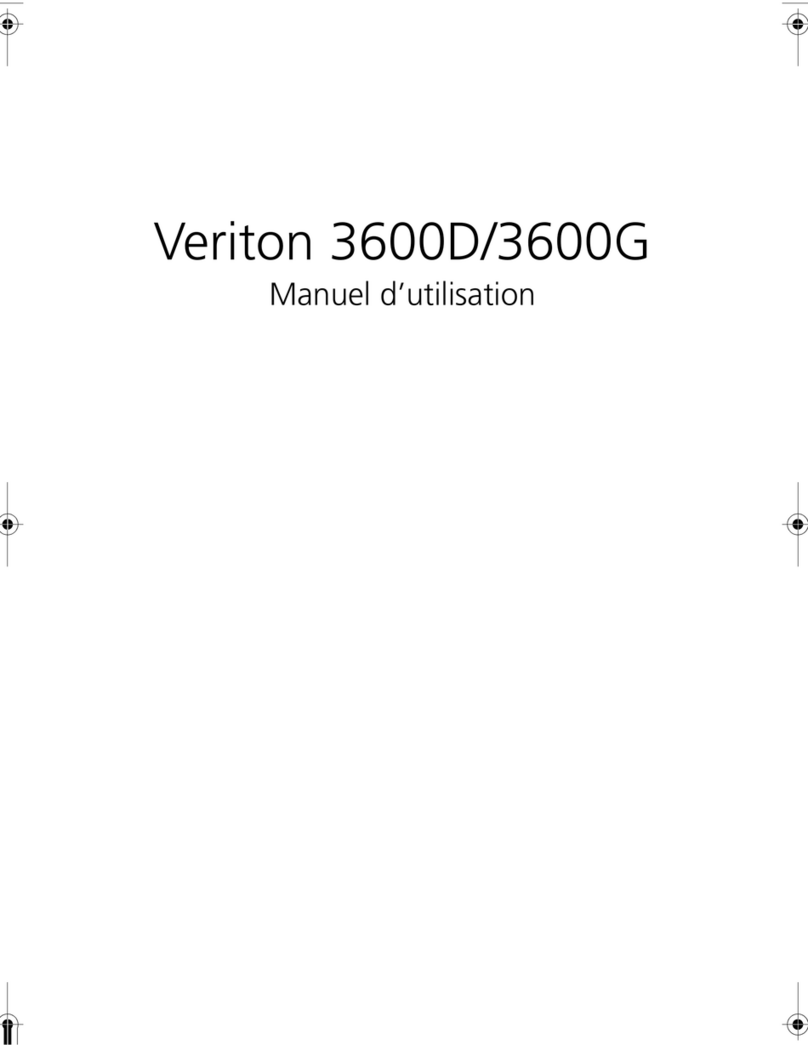
Acer
Acer Veriton 3600G Configuration guide
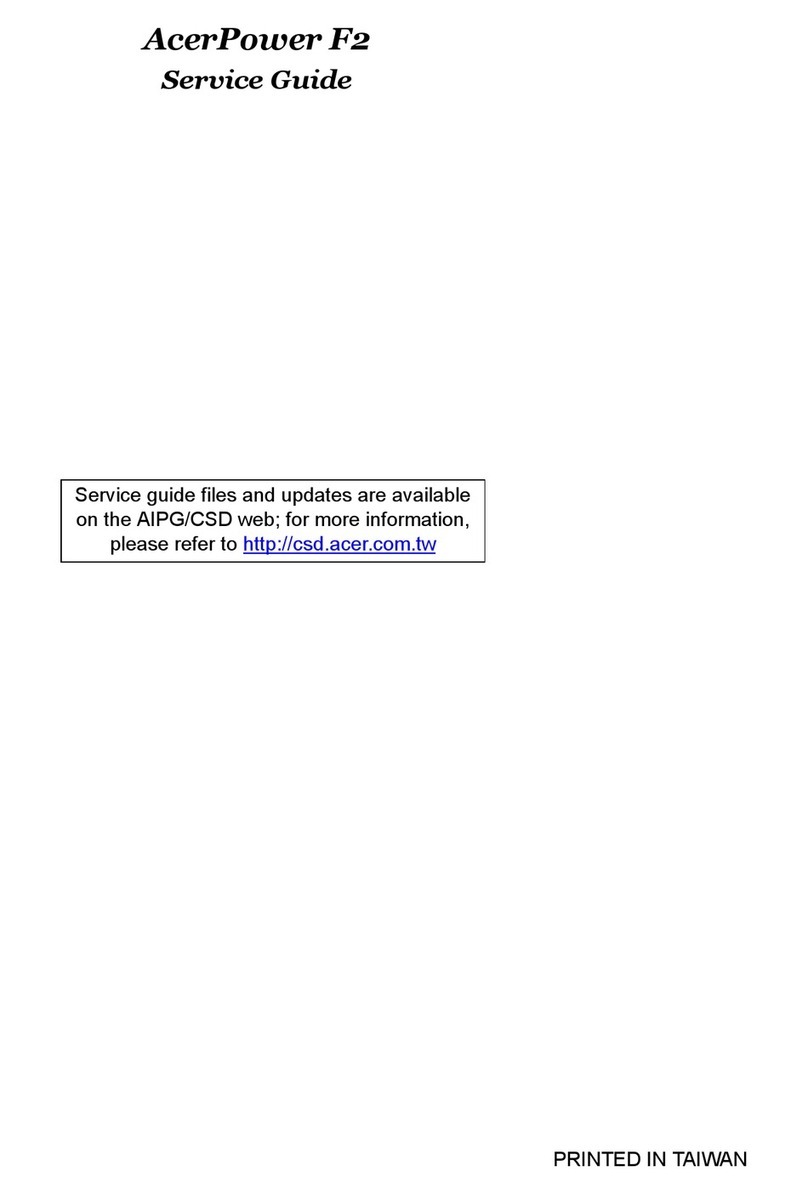
Acer
Acer AcerPower F2 User manual
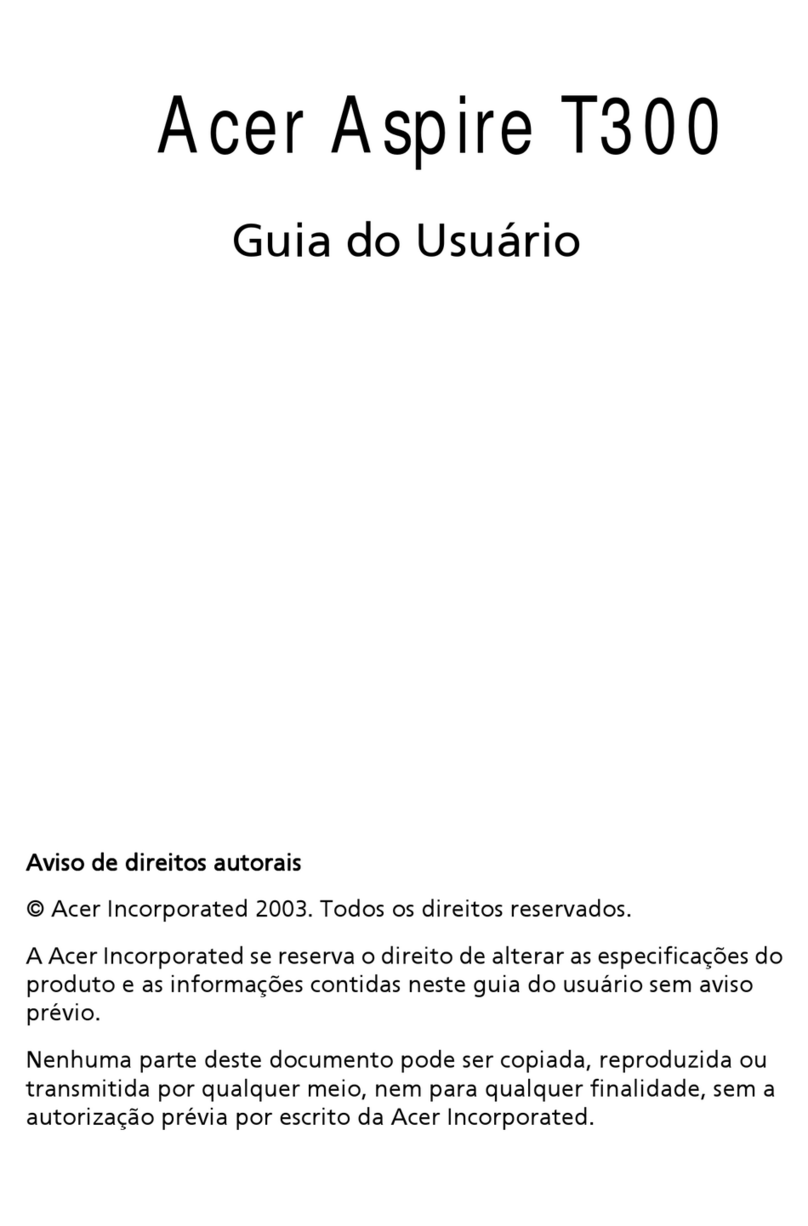
Acer
Acer Aspire T300 Training manual
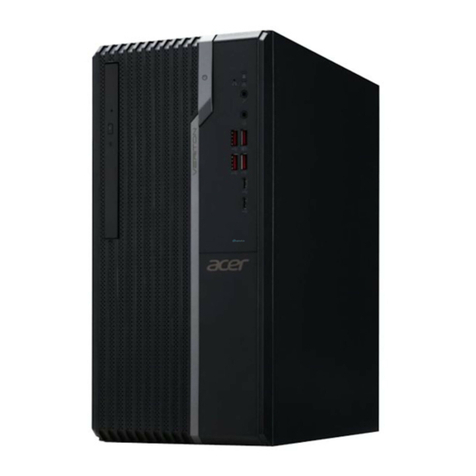
Acer
Acer Veriton S4660G User manual

Acer
Acer AcerPower 2100 User manual
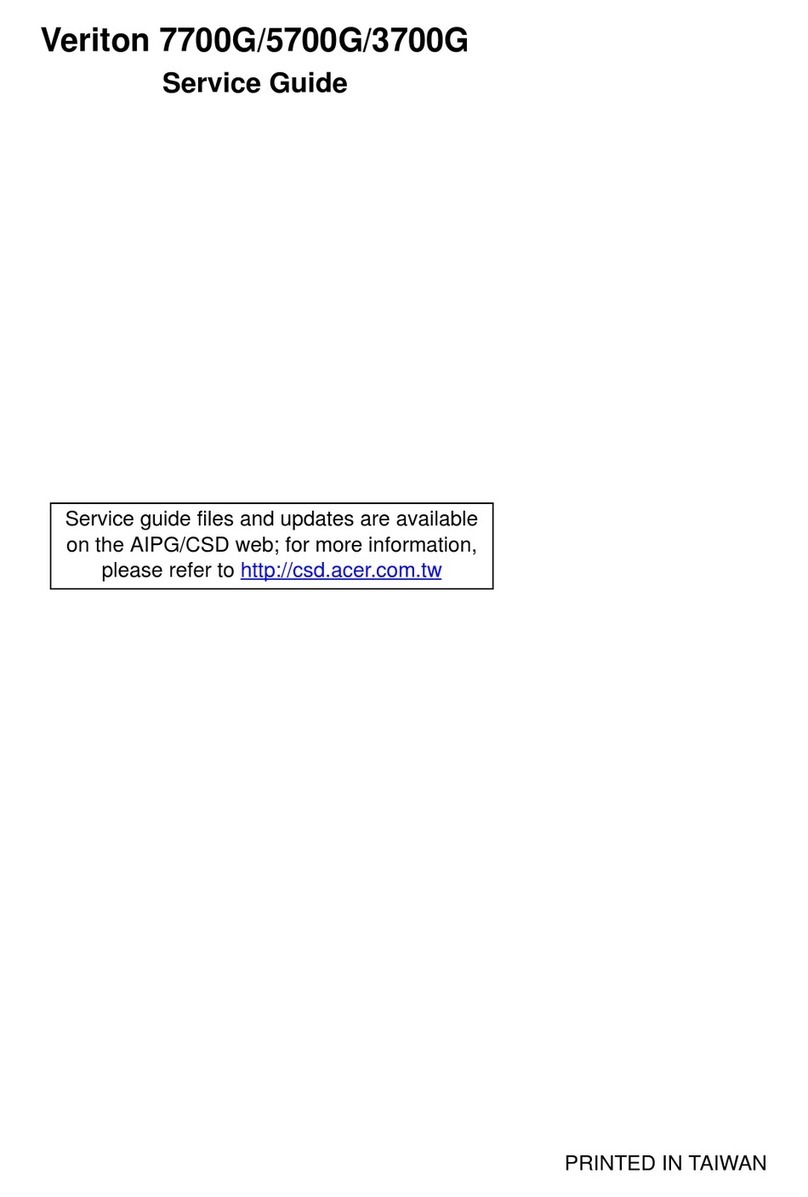
Acer
Acer Veriton 3700G User manual
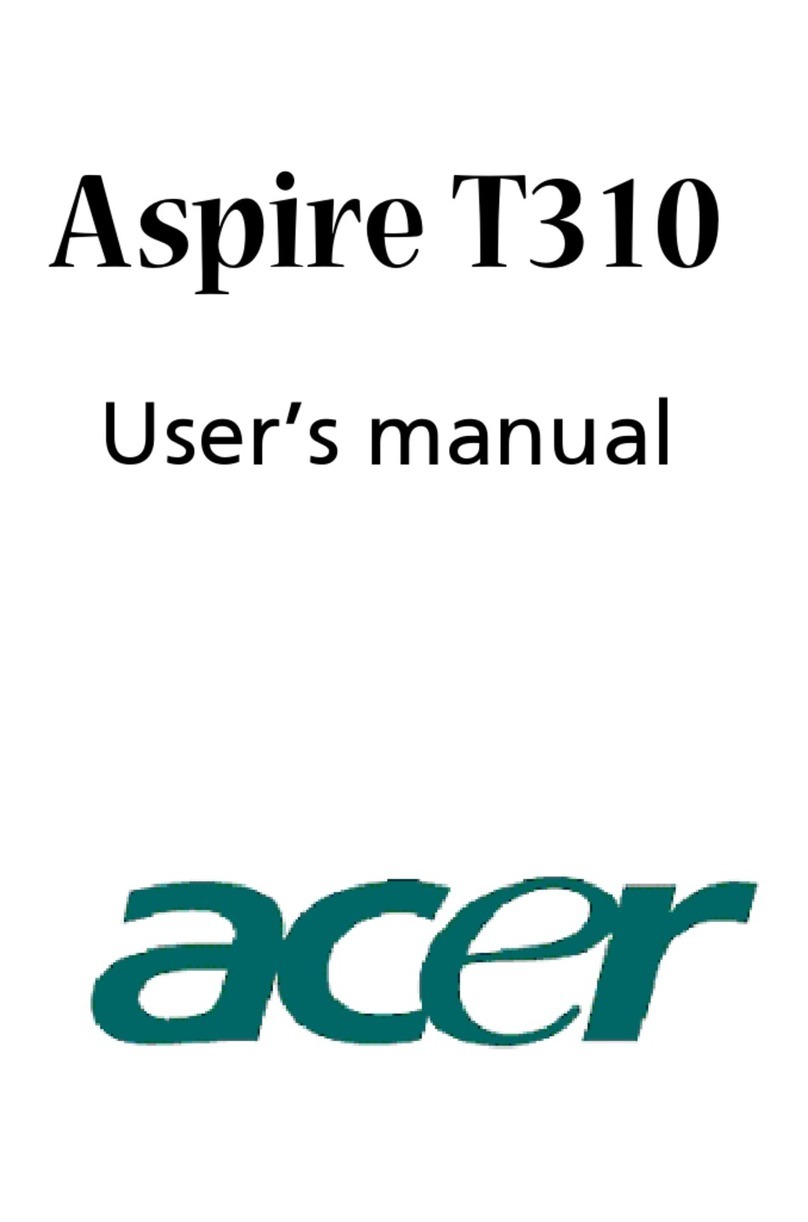
Acer
Acer Aspire T310 User manual

Acer
Acer Altos G510 series User manual
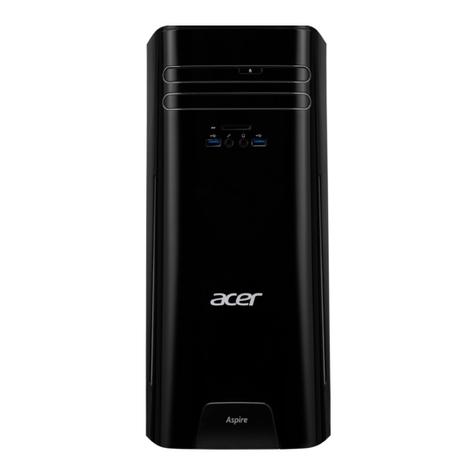
Acer
Acer Aspire TC-780 User manual

Acer
Acer AcerPower 6000 Installation instructions

Acer
Acer AcerPower F2 User manual

Acer
Acer Aspire M5810 User manual

